PoK on India’s radar? Why Not ? - IV
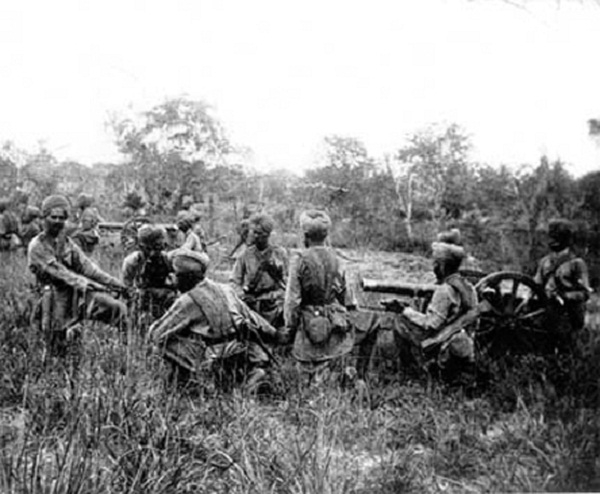
1st January 1948: UN Security Council considered the Kashmir problem.
15th January 1948: India and Pakistan made presentations to the UN Security Council. While India reiterated its demands in the original referral, Pakistan made wide-ranging allegations against India including 'genocide' against Muslims in various places in India, unlawful occupation of Junagadh and other issues. Pakistan demanded the withdrawal of both the raiders and the Indians from Kashmir.
17th January 1948: UN Security Council passed Resolution 38 which called upon India and Pakistan to refrain from aggravating the situation and requested they inform the Council of any “material changes” in the situation.
20th January 1948: UN Security Council passed Resolution No. 39 which announced a 3-member commission to investigate the Kashmir dispute. However the Commission did not come into fruition until May 1948.
28th January 1948: Sheikh Abdullah, as a member of the Indian delegation to the Security Council, met US delegate Warren Austin and raised the possibility of independence for Kashmir. At this stage, the US showed no interest in further fragmentation of India.
Noel-Baker won the support of the Western powers in the Security Council—the US, Canada and France—for the Pakistani position that the raiders cannot be withdrawn without a change of government in Kashmir. Draft resolutions were formulated along the lines of the 10 January proposals.
3rd February 1948: India requested an adjournment of the Security Council discussions. The Indian Cabinet was said to be in favor of withdrawing the UN referral unless greater consideration was shown to India's complaints.
9th February 1948 – 11th February 1948: Gilgit rebels attacked Skardu. The State forces at Skardu defended it for almost six months afterwards.[140] No reinforcements were possible due to closure of the Zoji La pass by winter snows. The Ladakhis appealed to Nehru for help.
7th March 1948: A small group of Indian troops crossed through the treacherous Zoji La pass, reaching Leh with guns and ammunition to raise a local volunteer force.
10th March 1948: Security Council deliberations resumed.
18th March 1948: The Republic of China, as the current Chair of the Security Council, tabled a resolution in three parts: restoration of peace by calling upon Pakistan to withdraw the raiders, request that India appoint a plebiscite administration with UN-nominated directors, and a request that India broaden the interim government with representatives from all major political groups.
5th July 1948: UNCIP arrived in the subcontinent. In Karachi, it was told by Pakistan that three brigades of regular Pakistan Army were operating in Kashmir, a "bombshell" of news according to Josef Korbel. In Delhi, the Commission was told that it needed to recognize the aggression by Pakistan. The Commission broached the possibility of partition, considered favorably by India but rejected by Pakistan.
6th July 1948: In response to an appeal by the UNCIP, India limited its operations to clearing the land route to Leh and relieving Poonch.
13th August 1948: UNCIP adopted its first resolution on Kashmir, fine-tuning the April resolution of the Security Council to take into account objections by both India and Pakistan. Pakistan's aggression was indirectly acknowledged by asking for its withdrawal as the first step. The resolution was accepted by India, but effectively rejected by Pakistan.
14th August 1948: State forces at Skardu fell after eight months of siege September 1948: After sustained negotiations with India and Pakistan, UNCIP left for Zurich to write an interim report to the UN Security Council.
1st November 1948: Zoji La pass was recaptured by India.
15th November 1948: Dras was recaptured.
20th November 1948: Two Indian columns linked at Poonch, relieving the pressure on the garrison.
23rd November 1948: Kargil was recaptured.
14th December 1948: A major attack was made by the regular Pakistan army on the Indian line of communications at Beripattan-Nowshera.
1st January 1949: A ceasefire between Indian and Pakistani forces left India in control of the Kashmir Valley, most of the Jammu province and Ladakh, while Pakistan gained control of the western districts comprising the present day Azad Kashmir, the Gilgit Agency and Baltistan.
5th January 1949: UNCIP stated that the question of the accession of the State of Jammu and Kashmir to India or Pakistan would be decided through a free and impartial plebiscite. As per the 1948 and 1949 UNCIP Resolutions, both countries accepted the principle that Pakistan would secure the withdrawal of Pakistani intruders followed by withdrawal of Pakistani and Indian forces, as a basis for the formulation of a truce agreement, the details of which were to be determined, followed by a plebiscite. However, the countries failed to arrive at a truce agreement due to differences in interpretation of the procedure for and extent of demilitarization, one of them being whether the Azad Kashmiri army was to be disbanded during the truce stage or the plebiscite stage.
16th June 1949: Nominated by the Maharaja, Sheikh Abdullah and his colleagues joined the Constituent Assembly of India
20th June 1949: Maharaja Hari Singh announced his decision to abdicate and appointed his son Karan Singh as the Prince Regent.
17th October 1949: The Indian Constituent Assembly adopted Article 370 of the Constitution, ensuring a special status and internal autonomy for Jammu and Kashmir, with Indian jurisdiction in Kashmir limited to the three areas agreed in the Instrument of Accession: defence, foreign affairs and communications.
May 1953: Jana Sangh leader Syama Prasad Mukherjee made a bid to enter Jammu and Kashmir, citing his rights as an Indian citizen. He was promptly arrested at the Jammu border. In a widespread agitation in Jammu, Punjab and Delhi, 10,000 activists were imprisoned.
May 1953: Sheikh Abdullah headed a subcommittee of the National Conference which recommended four options for the state's future, all involving a plebiscite or independence. Abdullah remained firm in negotiations with the central government.
23rd June 1953: Syama Prasad Mukherjee died in prison. Large protests were held in Delhi and other parts of the country.
August 1953: Nehru pushed for a plebiscite in talks with Pakistan, and the two countries agreed to appoint a Plebiscite Administrator within six months. A plebiscite would be held in all regions and the state partitioned on the basis of the results.
September 1953: Following reports of a US-Pakistan alliance, Nehru warned Pakistan that it had to choose between winning Kashmir through plebiscite and forming a military alliance with the United States.
February 1954: The Constituent Assembly, under the leadership of Bakshi Ghulam Mohammad, passed a resolution ratifying the accession of Kashmir to India.
17th November 1956: The state Constituent Assembly adopted a constitution for the state which declared it an integral part of the Indian Union.
8th August 1958: Sheikh Abdullah was arrested in the Kashmir Conspiracy Case.
1959: China annexed Tibet. Tensions rose between China and India on the issue of the boundary between Tibet and India, especially in Aksai Chin.
1962: Elections were held for the second Legislative Assembly. The National Conference won 68 of the 74 seats.
March 1963: The Chinese government signed an agreement with Pakistan on the boundary between the Northern Areas and the Xinjiang province, ceding the Trans-Karakoram Tract.
27 December 1963 – 4th January 1964: A mass uprising occurred in the Kashmir Valley when the holy relic was found missing from the Hazratbal Shrine; the lost relic was recovered after a few days.
8th April 1964: The government dropped all charges in the Kashmir Conspiracy Case. Sheikh Abdullah was released after 11 years.
21st November 1964 – 24th November 1964: Articles 356 and 357 of the Indian Constitution were extended to the State, by virtue of which the Central Government can assume the government of the State and exercise its legislative powers. The State Assembly then amended the State Constitution, changing the posts of Sadr-i-Riyasat and "prime minister" to Governor and "chief minister", consistent with the Indian Constitution. Scholar Sumantra Bose regarded it the "end of the road" for Article 370 and the constitutional autonomy guaranteed by it.
3rd January 1965: The Jammu and Kashmir National Conference dissolved itself and merged into the Indian National Congress, a centralizing strategy.
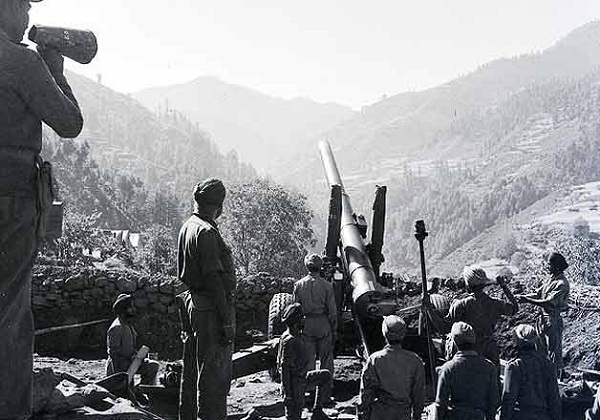
1966: On 10th January, the Tashkent Declaration was signed by both countries, agreeing to revert to their pre-1965 positions under Russian mediation. Pakistan-supported guerrilla groups in Kashmir increased their activities after the ceasefire. Kashmiri nationalists Amanullah Khan and Maqbool Bhat formed another Plebiscite Front with an armed wing called the Jammu and Kashmir National Liberation Front (NLF) in Azad Kashmir, with the objective of freeing Kashmir from Indian occupation.
1972: India and Pakistan agreed to respect the cease-fire as Line of Control (LOC).
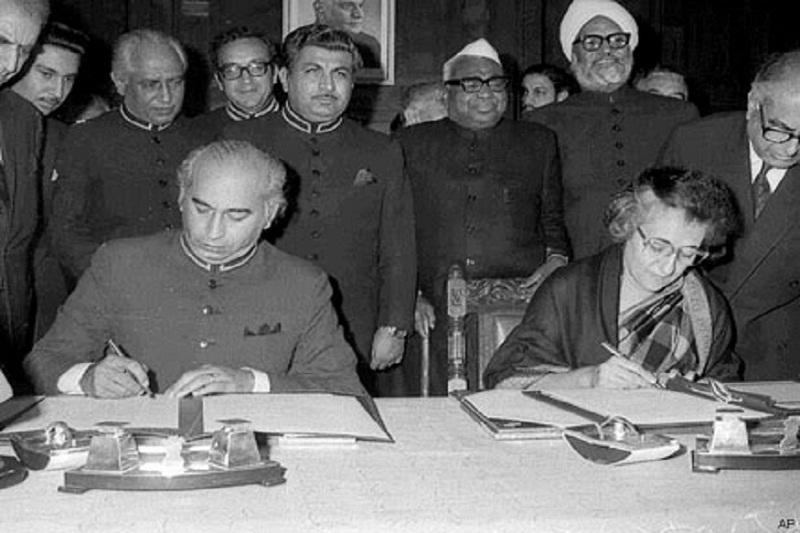
1974: The 1927 State Subject law is officially abolished in Gilgit Baltistan, allowing Pakistanis to settle and buy land.
1984: The Indian consul general in Birmingham, UK, Ravindra Mhatre, was abducted by JKLF militants and murdered. India executed Maqbool Bhat. Amanullah Khan and Hashim Qureshi were expelled from the UK and returned to Pakistan. Pakistan's Inter-Services Intelligence (ISI) sought their help in preparing the groundwork for the liberation of Jammu and Kashmir from India. Amanullah Khan established JKLF in Azad Kashmir.
13th April 1984: The Indian Army successfully captures the Siachen Glacier region of Kashmir during Operation Meghdoot.
February 1986: Riots erupt in Anantnag and the rest of Kashmir erupt in response to outrage in Jammu against the construction of a mosque on the site of an ancient Hindu Temple. Many Hindu temples as well as businesses owned by Kashmiri Hindus are targeted.
1987–1989: Insurgency instigated by Pakistan in Kashmir.
1989: Mass Exodus of Kashmiri Hindus started in Kashmir Valley.
January 1990: Jagmohan was appointed Governor. Farooq Abdullah resigned.
20th January 1990: An estimated 100 people were killed when a large group of unarmed protesters were fired upon by Indian troops at the Gawkadal Bridge. This incident provoked an insurgency by the entire population.
1st March 1990: An estimated one million took to the streets and more than 40 people were killed in police firing.
13th February 1990: Lassa Kaul, Director of Srinagar Doordarshan, was killed by the militants for implementing pro-Indian media policy.
February 1990 – March 1990: Though the JKLF tried to explain that the killings of Pandits were not communal, the murders caused a scare among the minority Hindu community. The rise of new militant groups and unexplained killings of members of the community contributed to an atmosphere of insecurity for the Kashmiri Pandits. Joint reconciliation efforts by members from Muslim and Pandit communities were actively discouraged by Jagmohan.
1990: An officially estimated 10,000 Kashmiri youths crossed into Pakistan for training and procurement of arms. Indigenous and foreign militant groups besides pro-India renegade militants proliferated through the 1990s with an estimated half a million Indian security forces deployed in the Kashmir Valley. Increasing violence and human right violations by all sides led to tens of thousands of civilian casualties.
1998: Operation Sadbhavana (Goodwill) launched officially by the Indian army in Jammu and Kashmir.
3rd May 1999 – 26th July 1999: Kargil War
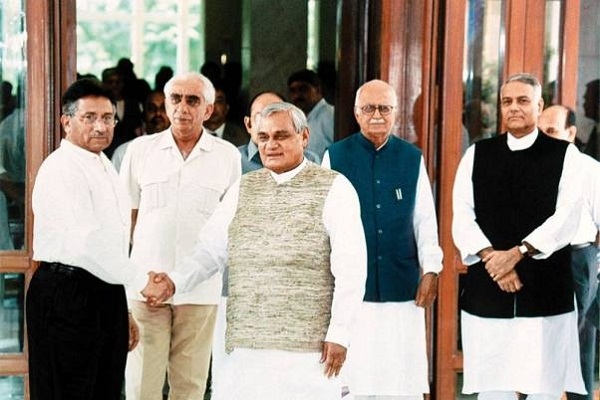
October 2001: Kashmiri assembly in Srinagar was attacked, 38 fatalities.
December 2001: The Indian Parliament in New Delhi was attacked by terrorists.
April 2003 – May 2003: Operation’ Sarp Vinash’ launched by the Indian army. The largest network of terrorist hideouts covering 100 square kilometers in Pir Panjal found and more than 60 terrorists killed.
2nd May 2003: India and Pakistan restored diplomatic ties.
11th July 2003: Delhi-Lahore bus service resumed.
24th September 2004: Prime Minister Manmohan Singh and President Musharraf met in New York during UN General Assembly.
July 2006: Second round of Indo-Pakistani peace talks were held.
22nd August 2008: Following 2008 Kashmir unrest, hundreds of thousands of Muslims marched in Srinagar for independence, the largest protest against Indian rule in over a decade.
June 2010: Following the killing of a young Kashmiri, Tufail Ahmad Mattoo, protest demonstrations continued in Kashmir for months.
August 2012: The Chief Minister of Indian-administered Jammu and Kashmir, Omar Abdullah, said that the security situation was not yet conducive to the revoking of the Armed Forces Special Powers Act (AFSPA) in the state.
September 2012: Indian President Pranab Mukherjee visited Indian-administered Jammu and Kashmir within two months of taking office. Despite the threat of protests from separatists (see Insurgency in Jammu and Kashmir) there were no security incidents.
25th November 2014 – 20th December 2014: Despite boycott calls by separatist Hurriyat leaders, the 2014 state election saw the highest voter turnout in the 25 years since insurgency erupted in the region. Indian authorities claimed that this was a vote of the Kashmiri people in favor of democracy of India.
8th July 2016: Following the killing of Burhan Muzaffar Wani, violent protests broke out in Kashmir Valley. An imposed curfew continued for more than 50 days, and more than 90 people were killed by Indian armed forces.
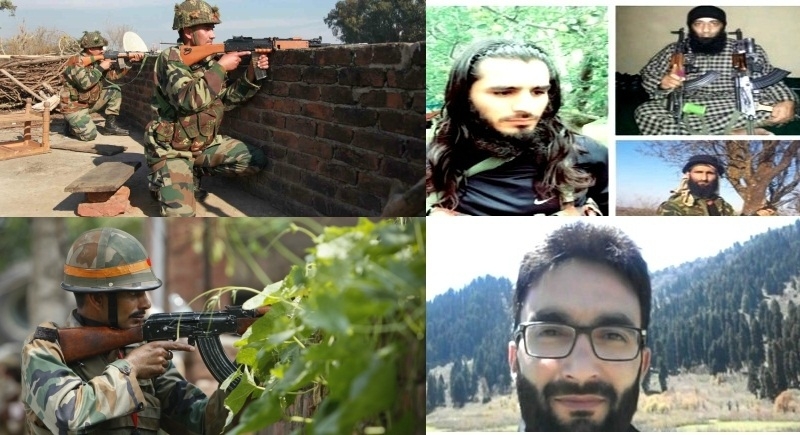
2019–2021: Jammu and Kashmir lockdown was a security lockdown and communications blackout imposed to prevent unrest, violence and protests following Revocation of the special status of Jammu and Kashmir via scrapping of the Article 370 of the Constitution of India, Article 35A of the Constitution of India and the introduction of Jammu and Kashmir Reorganization Act, 2019.
From 1 August 2019, at least 627 people were detained in disputed region Jammu and Kashmir, with many being separatists, over ground workers for terrorist groups and stone pelters. As of March 2021, the government sources have stated 173 people are still detained, with no one under house arrest.
According to a 6 September 2019 report of the Indian government, nearly 4,000 people have been arrested. The report also claimed children were detained, which was later found to be false in December 2019. More than 200 politicians, including two former Chief Ministers of Jammu and Kashmir (J&K), along with more than 100 leaders and activists from All Parties Hurriyat Conference were detained in the disputed region.
On August the 5th 2019 the Parliament of India passed a legislation repealing the Articles 370 and 35 A which in the very words of the Constitution of India provide for a temporary, transitional as a special provision.
The official document explaining the rationale behind the removal of Art. 370 and Art.35 A, states: “We must not forget that the continuance of Art.370 is the biggest hurdle to a lasting solution to the Kashmir conundrum. As such, it is the other side of the Pulwama massacre. Strikes across the border are only one way to avenge or redress the latter. But the internal rectification required is the full and complete integration of Jammu and Kashmir with the rest of India. In order to accomplish this, Article 370 must go. Art.370 was drafted by Sheikh Abdullah. Faster economic development was possible only after the removal of the Art.370. Similarly, Art. 35 A was a discriminatory one which subordinated the gender status of the womenfolk. It created a sort of Kashmiri colonialism over the rest of Jammu and Kashmir. The Document further states that Art. 35 A is a biggest fraud on the Constitution of India. It described it as a ‘hara-kiri’ in Jammu and Kashmir. (To be continued)
